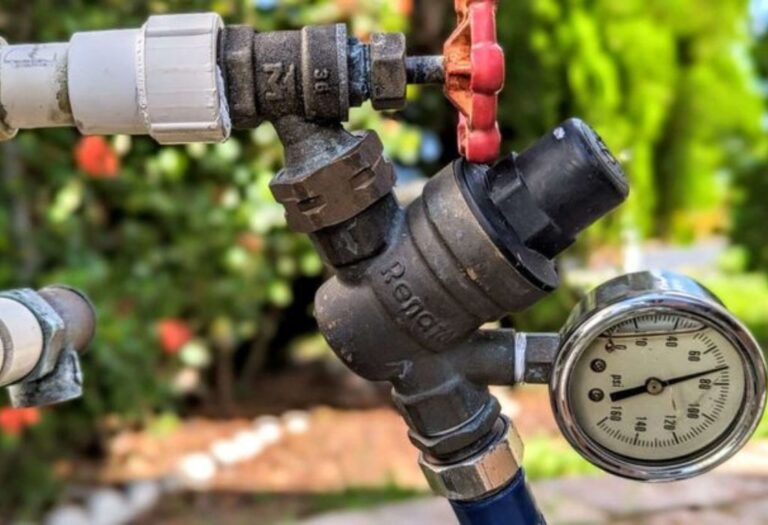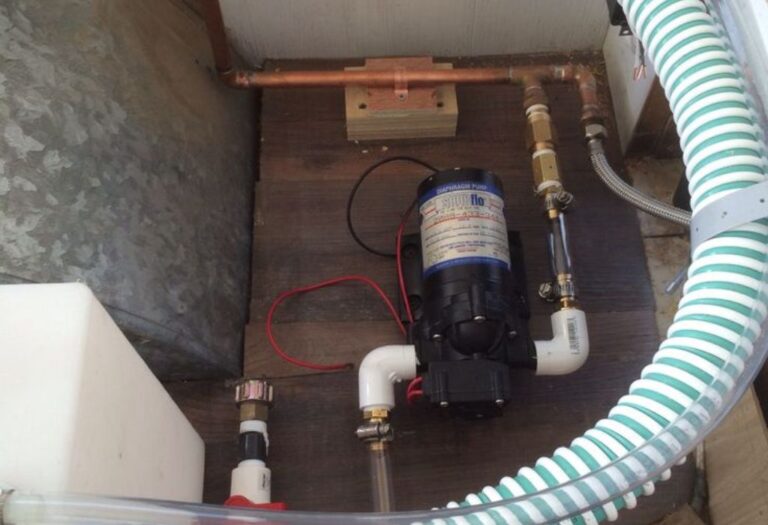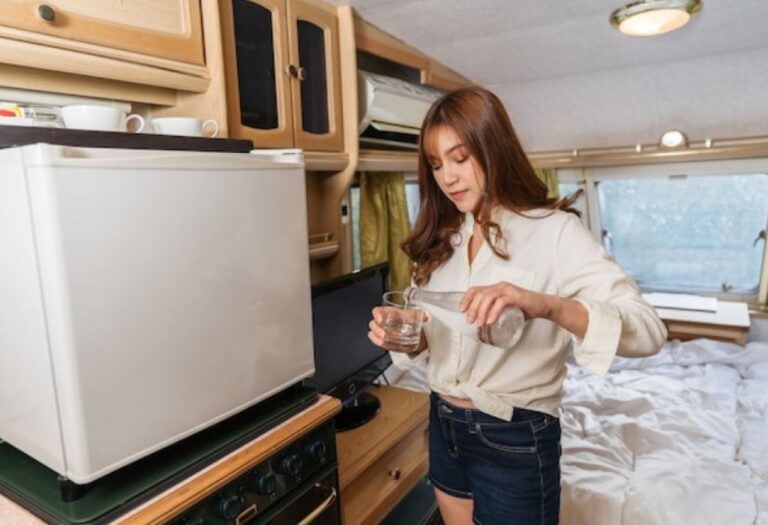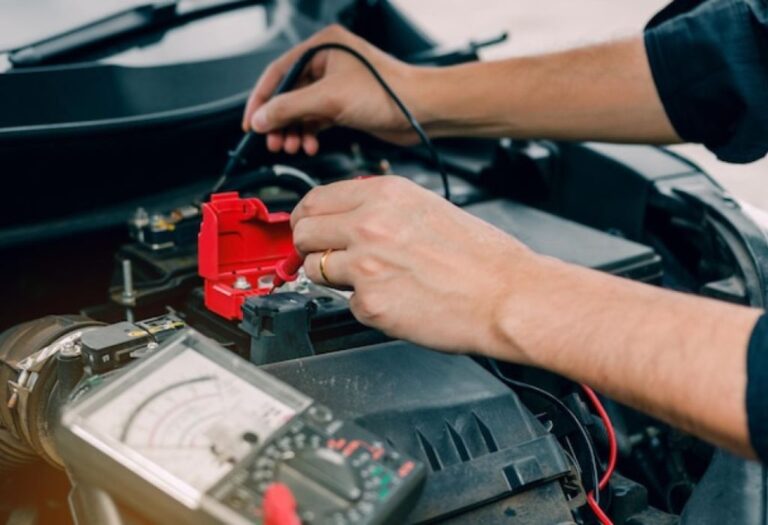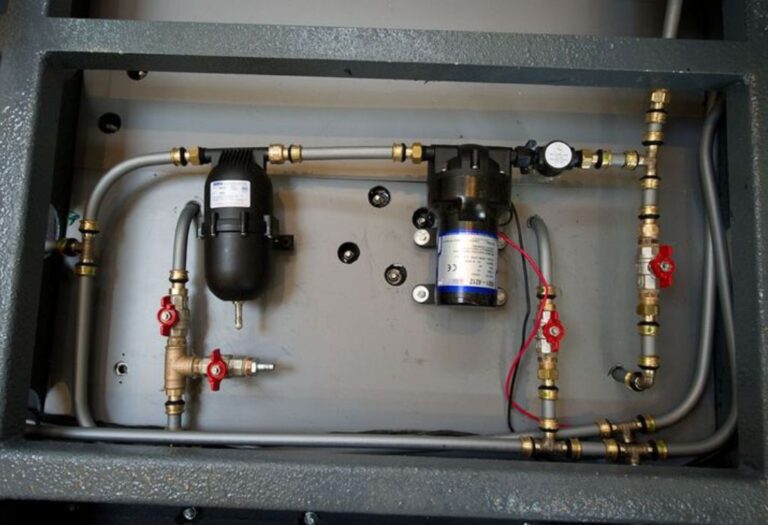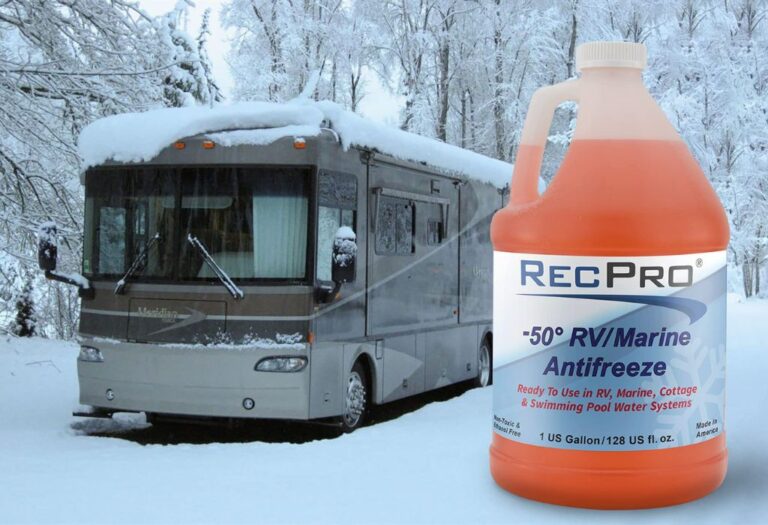What Is the Water Pump Switch for in an RV?
An RV feels like a home on wheels, but without running water, that comfort quickly fades. Imagine pulling into a campsite, turning the faucet, and nothing comes out.
The small switch near the sink suddenly becomes the most important button in the RV.
Many RV owners are unsure what that switch actually controls. Some leave it on all the time, while others only flip it occasionally.
The truth is, the water pump switch is the gateway to your fresh water supply when you are away from city hookups.
Knowing when and how to use it prevents wasted energy, leaks, and even costly pump damage.
The switch powers the 12-volt RV water pump, which draws water from the fresh tank and pressurizes the plumbing system.
With it on, you can shower, flush, and wash dishes just like at home. With it off, your faucets stay dry, even if the tank is full.
Understanding its function isn’t just about convenience—it’s about protecting your RV.
According to the RV Industry Association, over 11.2 million U.S. households own RVs, many of which rely heavily on their pump system while boondocking or traveling off-grid.
Misusing the switch can lead to water waste or pump failure, turning a fun trip into a frustrating repair.
This guide will explain in detail what the water pump switch does, when to use it, how it works, common issues, and maintenance tips.
By the end, you’ll know exactly how to manage your RV’s water pump switch with confidence and avoid common mistakes.
What Does the Water Pump Switch Do?
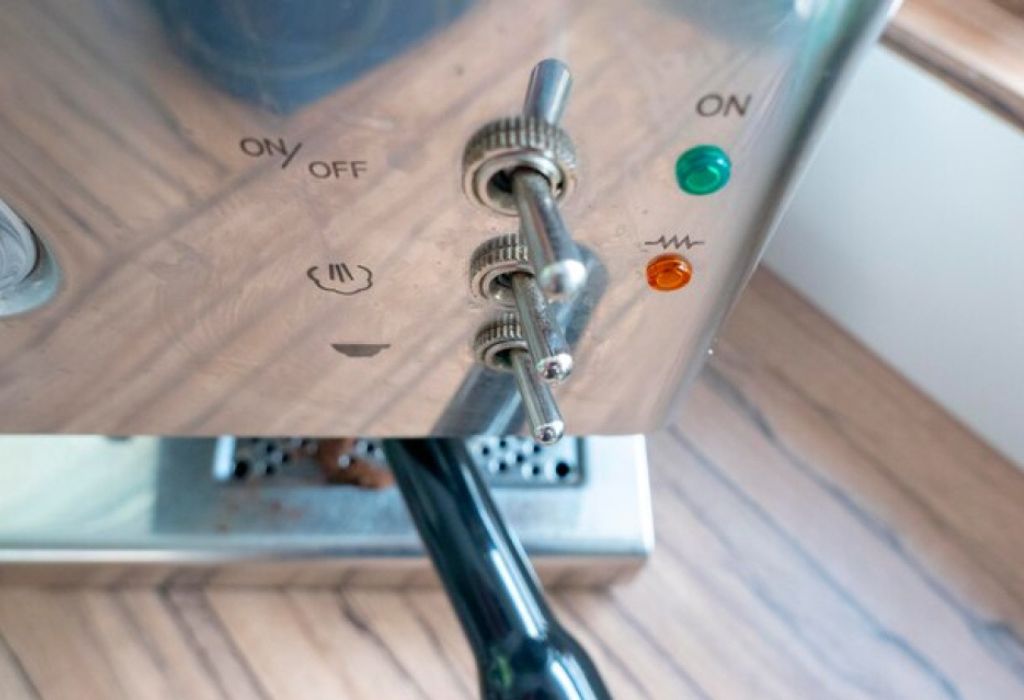
The water pump switch activates the 12V pump that draws water from your RV’s fresh tank. This creates pressure in the plumbing system, allowing faucets, showers, and toilets to function.
Without the switch on, the pump will not run, meaning no pressurized water from the fresh tank. It is only necessary when you’re not connected to city water.
What is the water pump switch for in an RV?
It powers the water pump to deliver water from the fresh tank to your fixtures.
Does it work with city water?
No, city water provides its own pressure, bypassing the pump.
Is it always powered?
No, you must turn it on manually.
What happens if left on?
It cycles unnecessarily, wasting battery and water.
Can it run dry?
Yes, but running dry can damage the pump quickly.
When Should You Turn It On or Off?
The water pump switch should only be on when you need water from the fresh tank. Leaving it on continuously can lead to leaks, noise, and pump wear.
Turn it off during travel, when connected to city water, or while storing the RV. This prevents unnecessary cycling and possible damage.
Should it stay on all the time?
No, only when water is needed.
During travel, should it be off?
Yes, to avoid leaks from vibrations.
Can it be on overnight?
Only if water use is expected.
What about boondocking?
It should be on whenever you need water off-grid.
Why turn it off?
To save battery, reduce wear, and prevent leaks.
How the RV Water Pump System Works
The RV water pump is a 12V DC unit powered by the RV’s battery. It draws water from the onboard fresh tank and pressurizes the plumbing, making it function like a residential system.
The pump is controlled by the water pump switch. When water is demanded, the pump runs. When demand stops, the pressure switch automatically turns the pump off.
Does the pump run constantly?
No, only when water is being used.
How is pressure maintained?
A built-in pressure switch regulates it.
What powers the pump?
The RV’s 12V battery system.
Can it work while driving?
Yes, if switched on.
Is it loud?
Yes, vibration and humming are common.
Common Problems with the Water Pump Switch
Like any electrical control, the switch can fail or cause issues with the water pump system. Problems include the pump not starting, running continuously, or weak water pressure.
These issues may stem from faulty wiring, leaks, or worn-out components. Regular inspection helps prevent major failures.
Why doesn’t the pump start?
The switch, fuse, or wiring may be faulty.
Why is the pump always running?
A leak or bad pressure switch could be the cause.
Why is water pressure low?
A clogged filter or weak pump is likely.
Why does the switch light fail?
The bulb or wiring may be bad.
Can it be replaced?
Yes, replacement switches are widely available.
Maintenance Tips for the Water Pump Switch
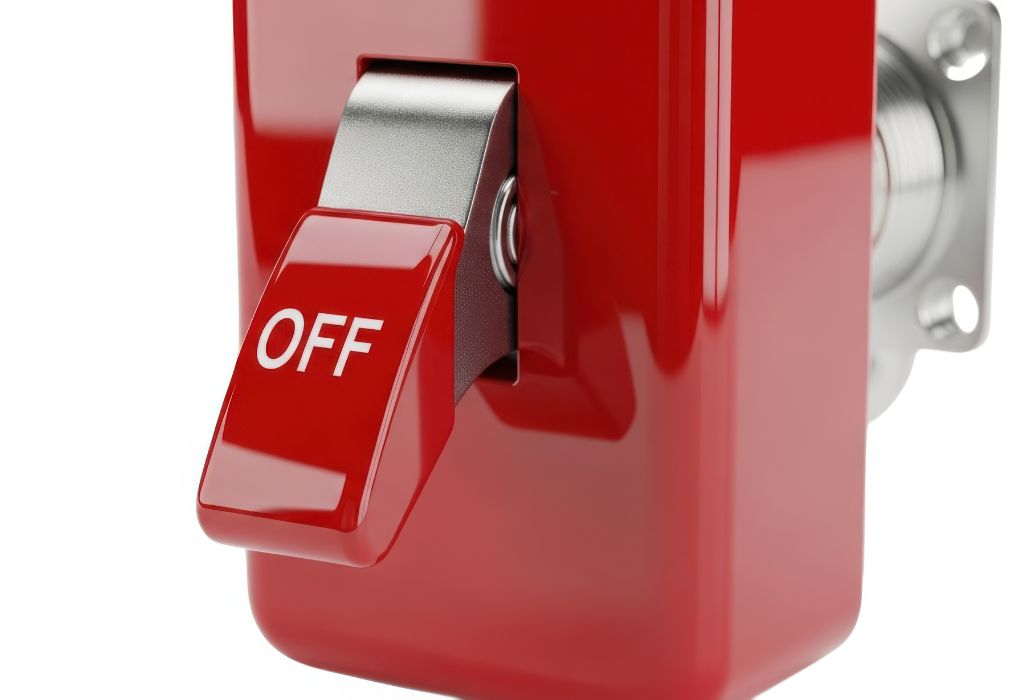
Maintaining the water pump switch is simple but essential. Always turn it off when not in use, inspect connections regularly, and check for leaks.
Cleaning the pump filter and monitoring water lines will also extend pump and switch life.
How often to check the switch?
Before every trip.
Can dust damage it?
Yes, in dusty or damp conditions.
Should it be waterproof?
Most are splash-resistant, not waterproof.
Can I upgrade it?
Yes, lighted and digital switches are available.
Does it affect pump life?
Yes, proper use prolongs pump function.
Future Trends in RV Water Pump Systems
Technology is improving RV water systems. Smart switches with auto shut-off and digital displays are becoming more common.
Quieter, more efficient pumps are being designed, and some integrate with mobile apps for monitoring.
Will future pumps be quieter?
Yes, vibration-reduction tech is advancing.
Can pumps connect to apps?
Yes, some models already do.
Are auto shut-offs standard?
They are becoming more popular.
Do new switches save battery?
Yes, with efficient circuits.
Will solar power integrate?
Yes, solar setups are increasingly common.
Conclusion
The water pump switch in an RV is a small but vital control. It ensures access to fresh water when you’re off-grid, while also protecting the pump from damage.
Used correctly, it allows you to shower, cook, and clean with confidence. Used carelessly, it can drain batteries or shorten pump life.
Final advice: switch it on when you need water, off when you don’t, and maintain it regularly. With that knowledge, your RV adventures will stay comfortable and worry-free.
I’m David R. Coleman, the founder, lead writer, and lifelong tool enthusiast behind GarageToolPro.com. With years of experience in automotive repair, woodworking, and home DIY projects, I created this platform to share practical tips, detailed tool reviews, and step-by-step guides that help mechanics, hobbyists, and homeowners get the job done right the first time.

